Perfect Egg Wash Recipe for Golden Brown Baked Goods
This post may contain affiliate links (disclosure).
Elevate your baked goods with this simple and effective egg wash recipe. Whether you’re baking pies, pastries, or bread, this egg wash will give your creations a gorgeous, glossy finish.
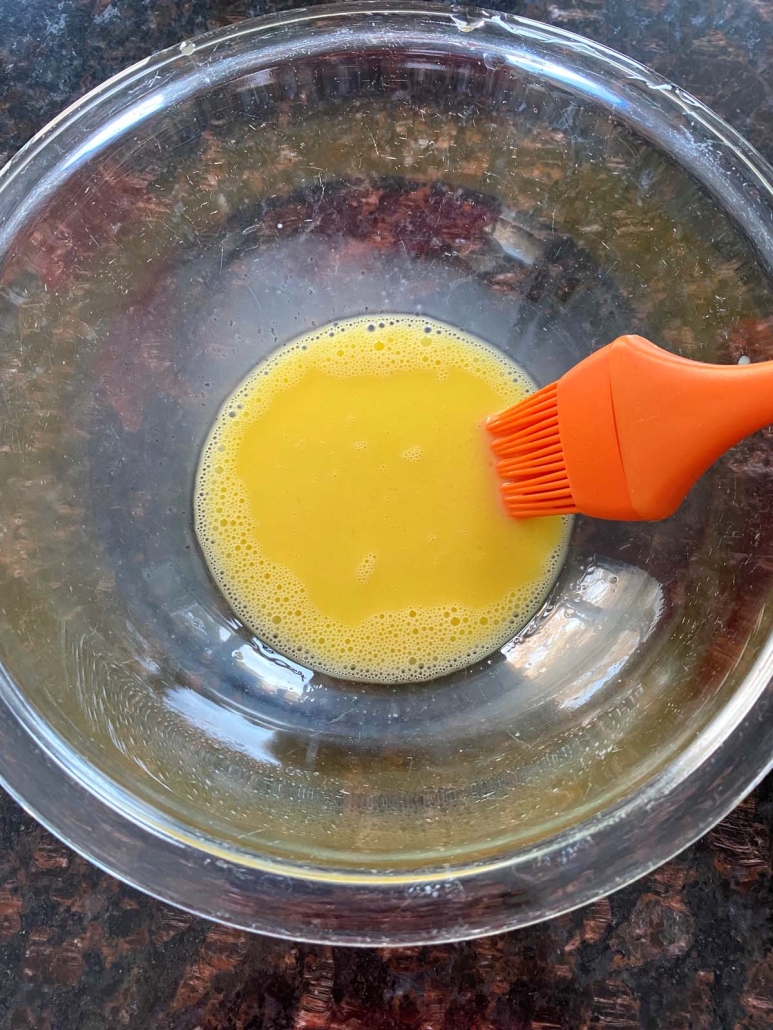
Why You’ll Love Egg Wash
- Beautiful Glossy Finish: This egg wash gives your baked goods a stunning, shiny crust that looks professional and appetizing. It’s perfect for making your pies, pastries, and bread stand out.
- Easy to Make: With just two ingredients – egg and water—this egg wash recipe is incredibly simple. You can whip it up in just a few minutes, making it convenient for any baking project.
- Versatile: Whether you’re baking sweet or savory dishes, this egg wash works perfectly. It’s ideal for everything from pie crusts and pastries to homemade bread and rolls.
- Enhances Flavor and Texture: The egg wash not only adds a lovely sheen but also helps to create a slightly crisp texture on the crust. This enhances the overall eating experience of your baked goods.
- No Special Equipment Needed: All you need is a mixing bowl, a whisk, and a pastry brush. This makes it accessible for any home cook, regardless of their kitchen setup.
Ingredients For Egg Wash
- Egg: Provides the base for the egg wash, giving your baked goods a beautiful sheen and a touch of color.
- Cold Water: Thins the egg slightly, making it easier to brush onto your pastries and ensuring an even application.
For the exact measurements of the ingredients, see the printable recipe card at the bottom of this article.
Kitchen Tools You Need To Make Egg Wash
- Measuring Spoons: Essential for accurately measuring the water.
- Mixing Bowl: Used for combining the egg and water.
- Whisk: Helps to thoroughly mix the egg and water together.
- Pastry Brush: Used to apply the egg wash evenly over your baked goods.
How To Make Egg Wash
- Crack an egg into a mixing bowl.
- Add a tablespoon of cold water to the bowl.
- Whisk the egg and water together until the mixture is smooth and consistent.
- Use a pastry brush to apply the egg wash to your pies, pastries, or bread before baking.
Serving Suggestions
- Pies and Pastries: Brush the egg wash over the top crust of your pies and pastries before baking to achieve a golden-brown, glossy finish.
- Bread and Rolls: Apply the egg wash to the surface of your homemade bread and rolls for a beautiful, shiny crust that adds an inviting look.
- Savory Bakes: Use the egg wash on savory pastries like empanadas or sausage rolls to enhance their appearance and give them a professional touch.
- Tarts and Galettes: Brush over fruit tarts or rustic galettes to make the crust shine and look even more appetizing.
- Special Occasions: For holidays and special gatherings, use the egg wash to make your baked goods look extra festive and appealing.
Tips For Success
- Use Cold Water: Always use cold water when making your egg wash. Cold water helps to thin the egg slightly, making it easier to brush onto your baked goods. This ensures an even application and a beautiful finish.
- Whisk Thoroughly: Make sure to whisk the egg and water together until the mixture is completely smooth. Any unincorporated egg whites can result in streaks or an uneven shine on your pastries.
- Apply Evenly: Use a pastry brush to apply the egg wash evenly over your baked goods. Too much eggwash can cause pooling, which can burn and result in an uneven appearance. A thin, even layer is all you need.
- Avoid Over-Browning: If you’re baking items that require a long bake time, you may need to cover them with foil after the egg wash has been set. This prevents over-browning while still achieving a glossy finish.
- Experiment with Add-ins: For a richer color, you can add a pinch of salt or sugar to your egg wash. Sugar helps with browning, while salt can enhance the flavor. You can also try adding a splash of milk or cream for a more luxurious glaze.
- Use Immediately: For best results, use the egg wash immediately after preparing it. If you need to store it, keep it in the refrigerator for up to 24 hours, but whisk it again before use to ensure consistency.
- Test on a Small Area: If you’re unsure how the egg wash will affect the appearance of your baked goods, test it on a small, inconspicuous area first. This helps you see the final result without risking the entire batch.
- Proper Pastry Brush: Invest in a good quality pastry brush with soft bristles. Hard or stiff bristles can damage delicate dough and result in an uneven application.
- Clean Edges: After applying the egg wash, wipe any excess off the edges of your baking dish. This prevents the egg wash from burning onto the dish and makes for easier cleanup.
- Double Layer for Extra Shine: For an extra glossy finish, apply a second layer of egg wash after the first has dried slightly. This is especially useful for special occasion bakes where presentation is key.
Variations And Substitutions
- Milk Wash: Instead of using water, you can substitute milk for a milk wash. Milk adds a slight creaminess and helps to enhance browning, giving a richer color to your baked goods. This is perfect for pastries and bread where you want a golden crust.
- Cream Wash: For an even richer finish, use cream instead of water. Cream wash gives a deeper color and adds a luxurious sheen to your pastries and breads. This is a great option for special occasions when you want your baked goods to look extra impressive.
- Whole Egg and Yolk Wash: If you want a deeper color and a more intense shine, use just the egg yolk mixed with a tablespoon of water or milk. Egg yolk wash is ideal for savory pies and pastries that need a rich, golden-brown finish.
- Egg White Wash: For a lighter, crisper crust, use only the egg whites. Egg white wash is perfect for sweet pastries and bread where you don’t want to add any additional color but still need a glossy finish.
- Vegan Alternatives: For a vegan egg wash, you can use alternatives like soy milk, almond milk, or coconut milk. These plant-based milks provide a nice sheen and help with browning. You can also mix a little maple syrup or agave nectar into the plant-based milk for added shine and sweetness.
- Butter Wash: Melted butter can also be used as an egg wash substitute. Butter wash adds a rich flavor and a beautiful golden-brown color. Brush it on your pastries or bread for a buttery finish that’s hard to resist.
- Honey or Syrup Wash: For a sweet glaze, mix honey or maple syrup with a bit of water. This wash gives a lovely shine and adds a hint of sweetness, perfect for sweet breads and pastries. Be cautious with oven temperature as sugars can burn quickly.
- Oil Wash: A light brush of vegetable oil or olive oil can also work as an egg wash substitute. Oil wash provides a subtle sheen and is a good option for those avoiding eggs or dairy. It’s great for savory bakes and can add a slight crispness to the crust.
- Custard Wash: Mix an egg with a little sugar and a pinch of salt for a custard wash. This adds a subtle sweetness and a beautiful golden finish, ideal for sweet pastries and dessert breads.
- Salted Water Wash: For a simpler and lighter option, use salted water. This wash won’t add color but will help with the browning and provide a slight crispness. It’s a good option when you want to keep the flavors simple.
Storage and Reheating
- Refrigerate: If you have leftover egg wash, store it in an airtight container in the refrigerator. It will stay fresh for up to 24 hours. Before using it again, give it a good whisk to recombine the ingredients.
- Freezing: Egg wash doesn’t freeze well due to its simple composition and is best used fresh or within a day of preparation.
- Leftover Baked Goods: Store your baked goods that have been brushed with egg wash in an airtight container at room temperature for up to two days. If you need to keep them longer, transfer them to the refrigerator, where they will last for up to a week.
- Reheating: To reheat baked goods brushed with egg wash, preheat your oven to 350°F (175°C). Place the items on a baking sheet and warm them in the oven for 5-10 minutes or until they are heated through. This helps to restore their crispiness and shine without making them soggy.
- Microwave Reheating: If you’re in a hurry, you can reheat your baked goods in the microwave. Place them on a microwave-safe plate and heat on medium power for 20-30 seconds. Be aware that microwaving can make the crust softer and less crispy than oven reheating.
- Avoid Moisture: To maintain the shine and crispness provided by the egg wash, avoid wrapping your baked goods in plastic wrap, which can trap moisture. Instead, use paper bags or loosely cover with foil if stored at room temperature.
- Toasted Refresh: For an extra crispy refresh, you can use a toaster oven. Set the toaster oven to a low heat setting and warm your baked goods for a few minutes until they regain their crisp texture.
Frequently Asked Questions
What is the purpose of an egg wash?
An egg wash is used to give baked goods a shiny, golden-brown finish. It helps to create an appealing look and can also add a slight crispiness to the crust. The egg wash is commonly used on pies, pastries, and bread.
Can I make an egg wash without eggs?
Yes, there are several alternatives to using eggs in an egg wash. You can use milk, cream, butter, or even plant-based milks like soy or almond milk. Each alternative will provide a different finish and color, so choose one based on the desired outcome.
How do I apply an egg wash?
Use a pastry brush to apply the egg wash. Dip the brush into the egg wash and lightly brush it over the surface of your baked goods. Make sure to apply it evenly and avoid using too much, as it can pool and burn during baking.
Can I add flavor to my egg wash?
Yes, you can enhance the flavor of your egg wash by adding a pinch of salt, sugar, or even spices like cinnamon or nutmeg. This can complement the flavors of your baked goods and add a subtle taste.
What type of egg should I use for an egg wash?
A standard large egg is typically used for an egg wash. You can also use egg whites or yolks separately depending on the finish you want. Egg whites give a lighter, crisper finish, while egg yolks provide a deeper color and richer sheen.
Is it necessary to use cold water in an egg wash?
Yes, cold water helps to thin the egg mixture slightly, making it easier to apply evenly. It also helps to prevent the egg from cooking prematurely when brushing it onto warm dough.
Can I store leftover egg wash?
Leftover egg wash can be stored in the refrigerator for up to 24 hours in an airtight container. Before using it again, whisk it thoroughly to recombine the ingredients.
How much egg wash should I use?
A thin, even layer is all you need. Applying too much egg wash can result in pooling, which can burn during baking and affect the appearance of your baked goods. A light brush is sufficient for achieving the desired shine.
Can egg wash be used on any type of baked good?
Eggwash can be used on a variety of baked goods, including pies, pastries, bread, and rolls. It is especially effective on items where a shiny, golden-brown crust is desirable. However, it may not be suitable for all recipes, especially those that do not require a crust or have a delicate surface.
Other Easy Egg Recipes
Microwave Egg Ramen Recipe: Quickly cook a perfectly poached egg in your ramen using the microwave for a convenient and delicious meal.
Oven Baked Hard Boiled Eggs: Effortlessly make perfectly cooked hard-boiled eggs in the oven with this simple method.
Eggless French Toast Recipe: Enjoy delicious and fluffy French toast without eggs, perfect for those with dietary restrictions or allergies.
Cottage Cheese Scrambled Eggs: Creamy and protein-packed scrambled eggs with cottage cheese make a delicious and healthy breakfast.
Instant Pot Runny Yolk Eggs: Easily prepare soft-boiled eggs in the Instant Pot for a perfectly runny yolk every time.
Copycat Starbucks Egg White Muffins: Recreate Starbucks’ popular egg white bites at home with this easy and healthy recipe.
Oven-Baked Sheet Pan Eggs: Make breakfast for a crowd with these convenient and customizable sheet pan eggs, perfect for meal prep.
Egg Wash Recipe
Recipe Video
Ingredients
- 1 pc egg
- 1 tbsp cold water
Recommended Kitchen Tools (click the links below to see the items used to make this recipe)
Instructions
- Crack one egg into a mixing bowl.
- Add one tablespoon of cold water to the bowl.
- Whisk the egg and water together until fully combined.
- Use a pastry brush to apply the egg wash to your pies, pastries, or bread before baking.
Notes
- The egg wash can be used immediately or stored in the refrigerator for up to 24 hours.
- For a richer color, you can add a pinch of salt or sugar to the mixture.
Nutrition
See also:

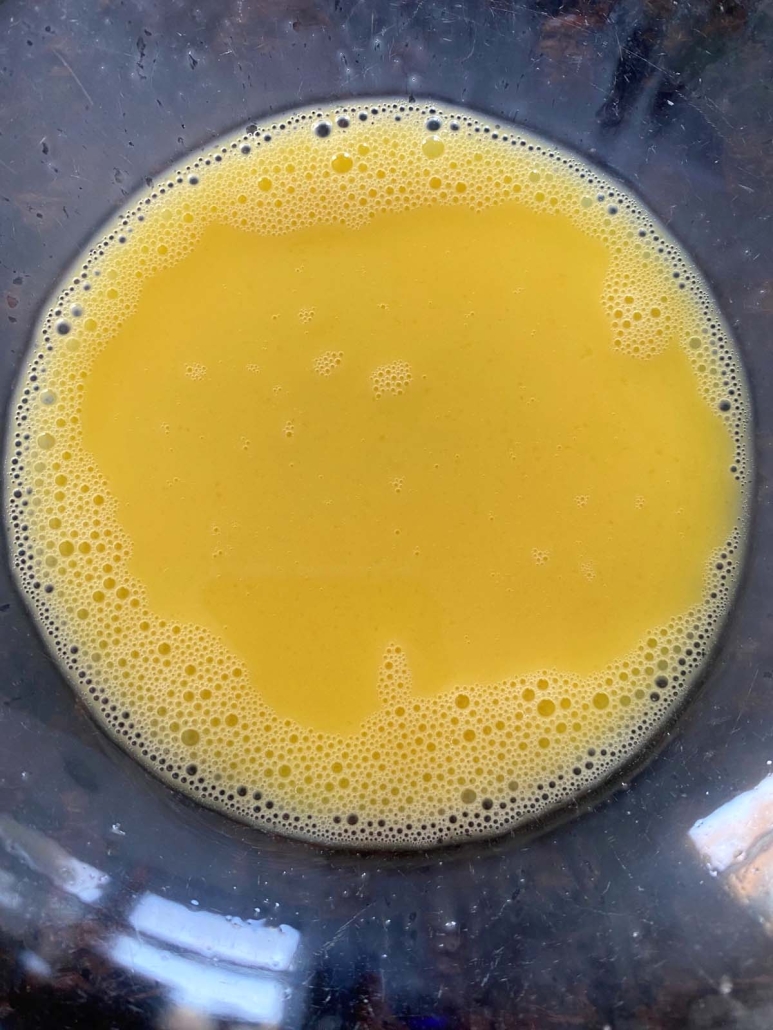

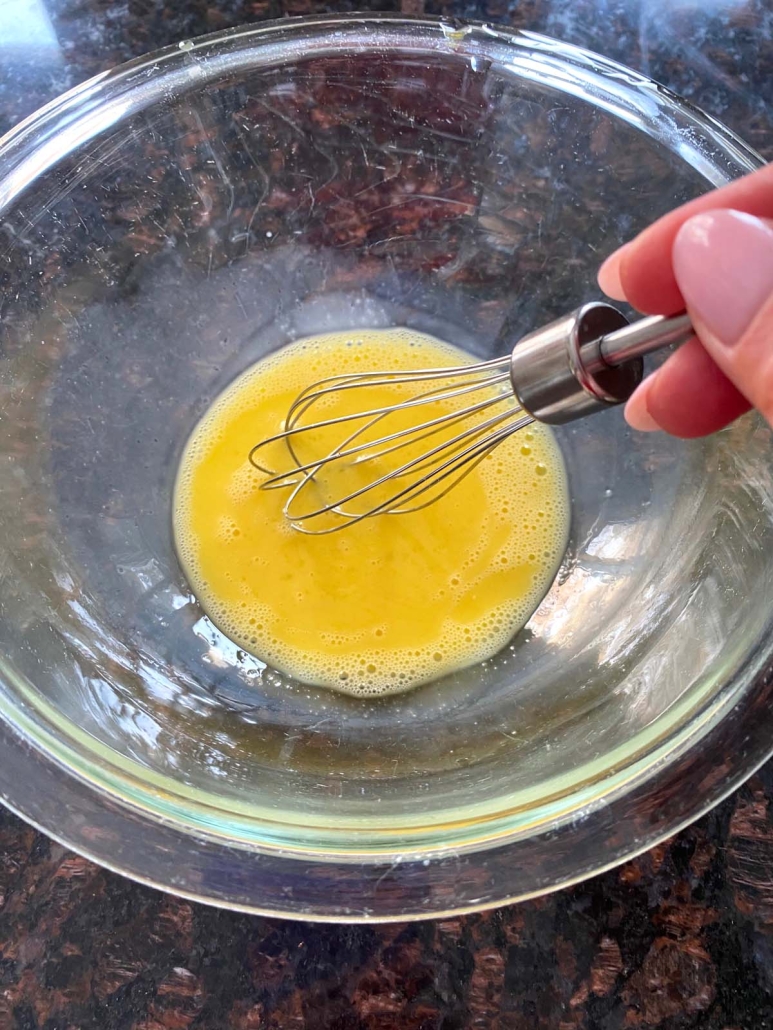
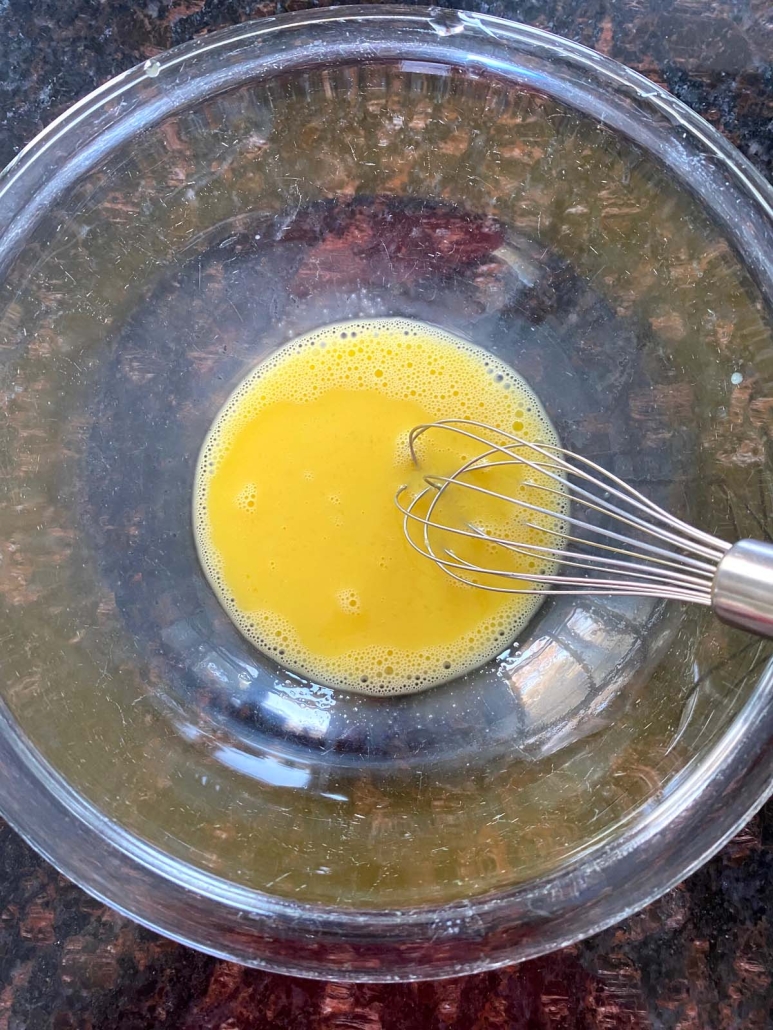
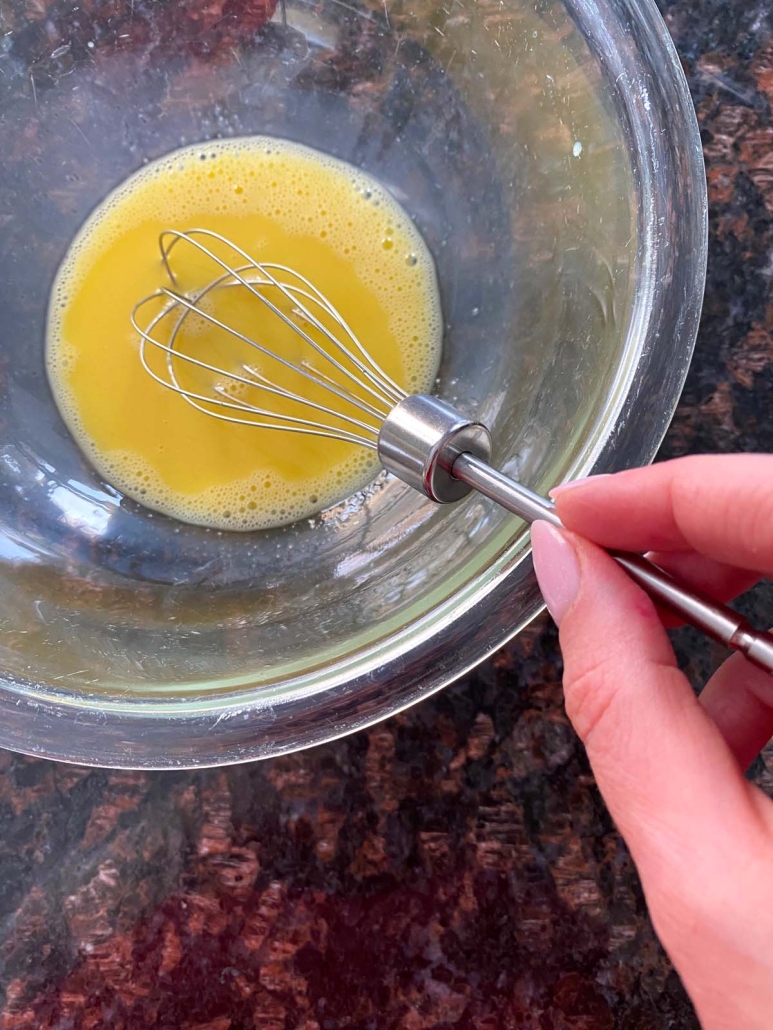

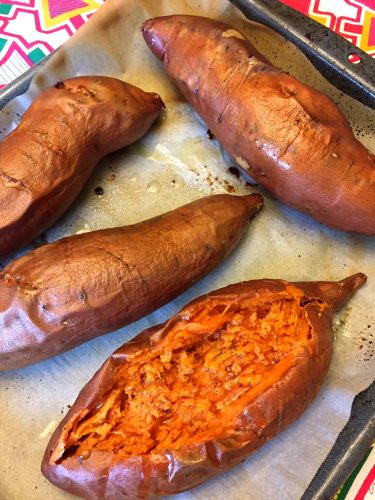
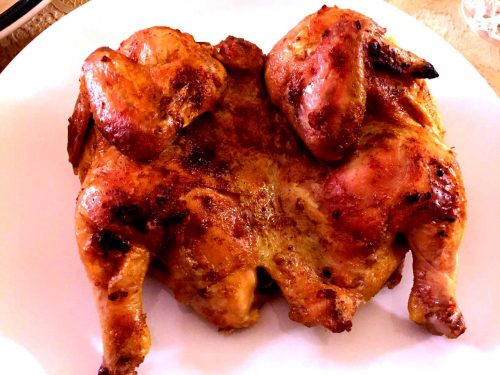
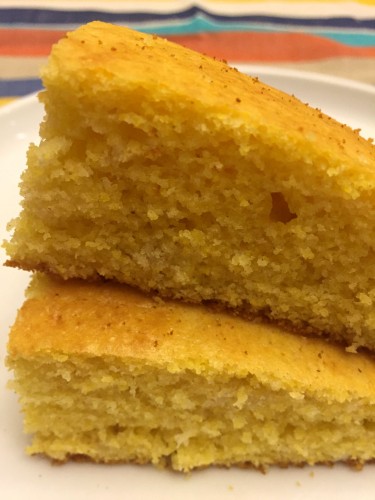
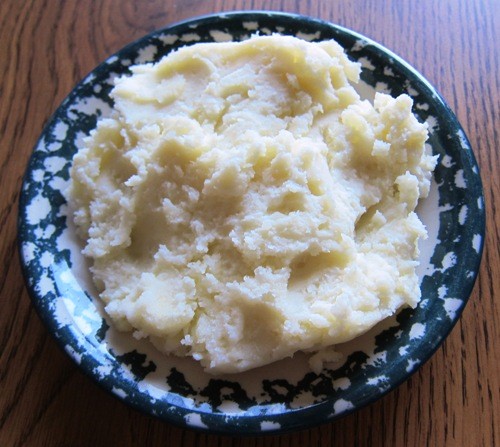
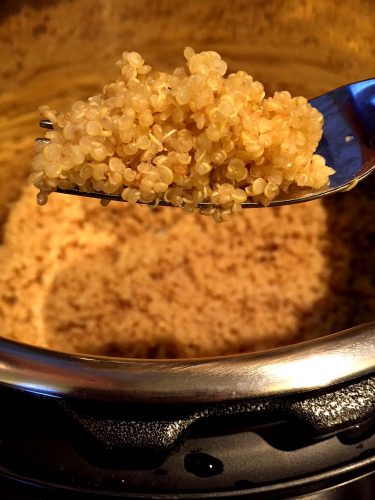
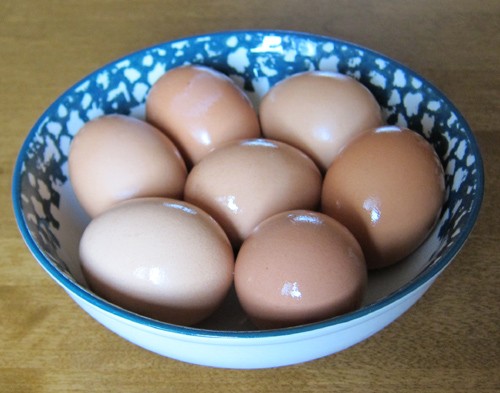
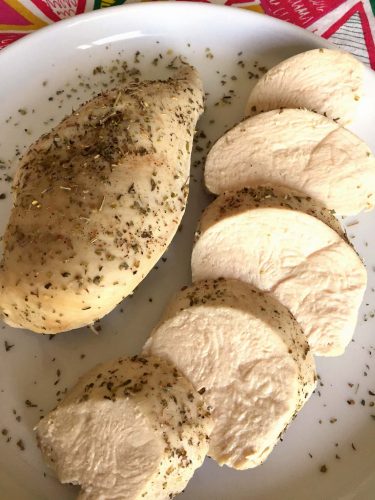

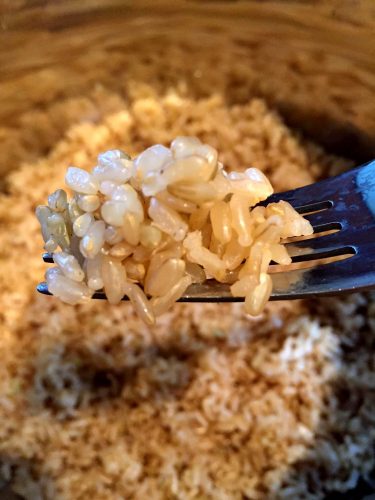
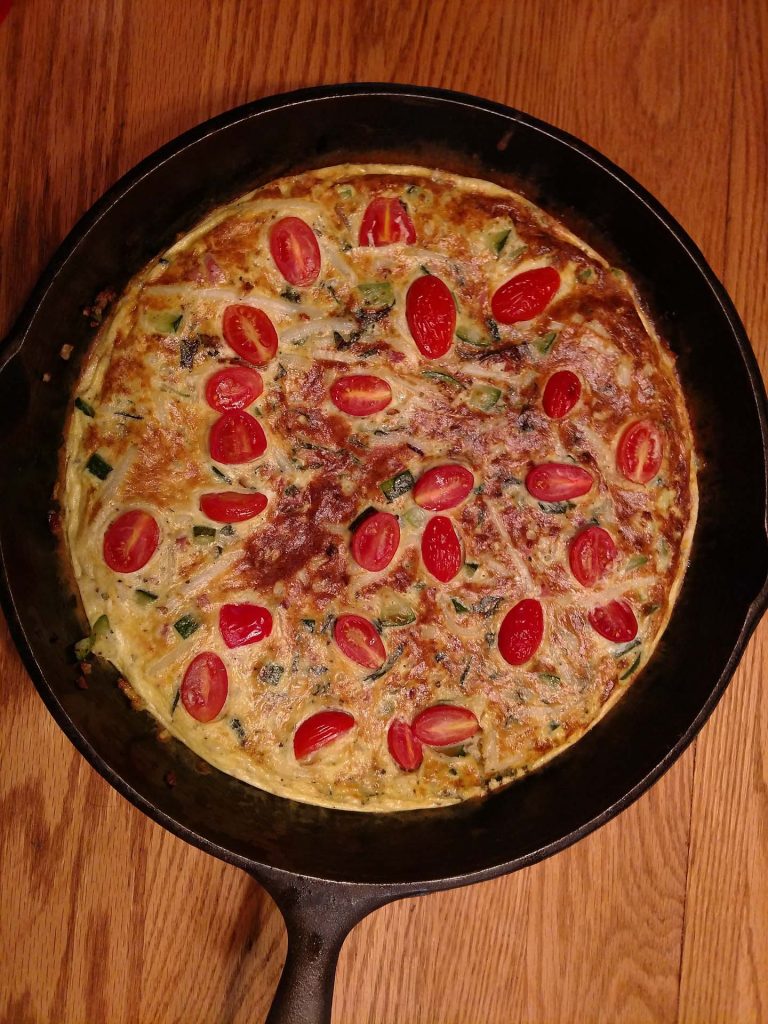
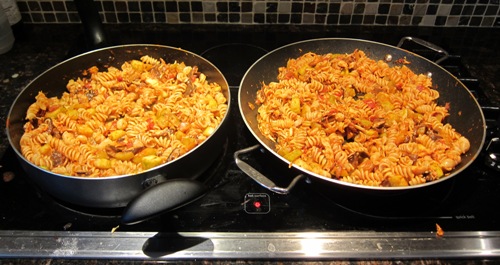
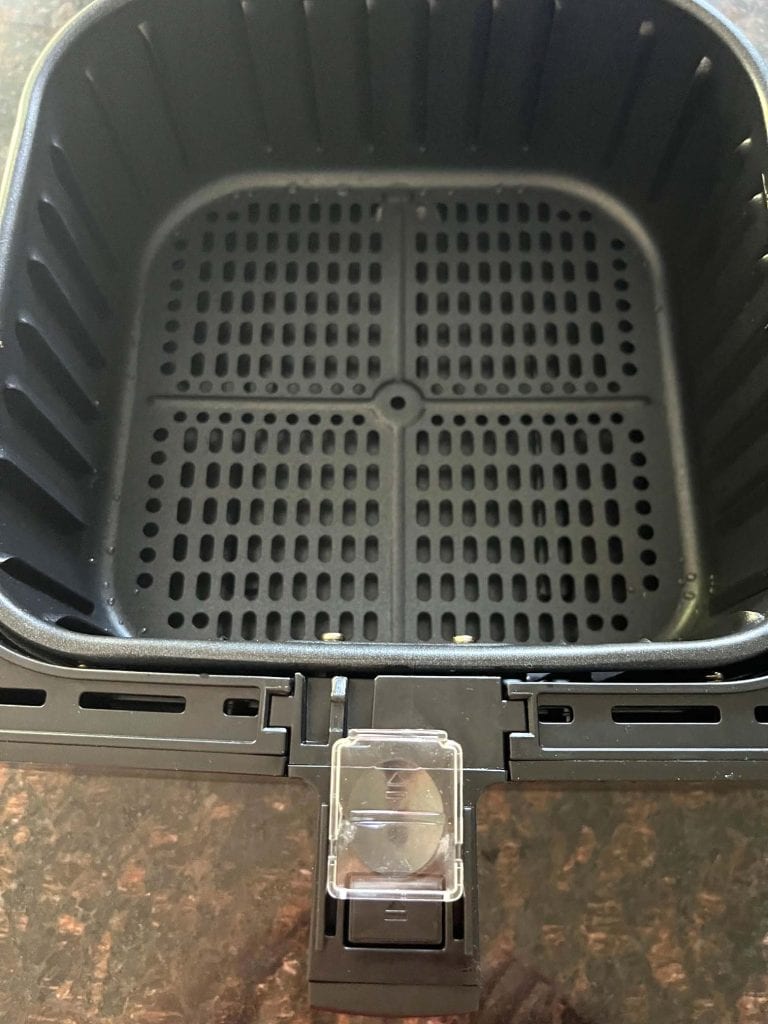
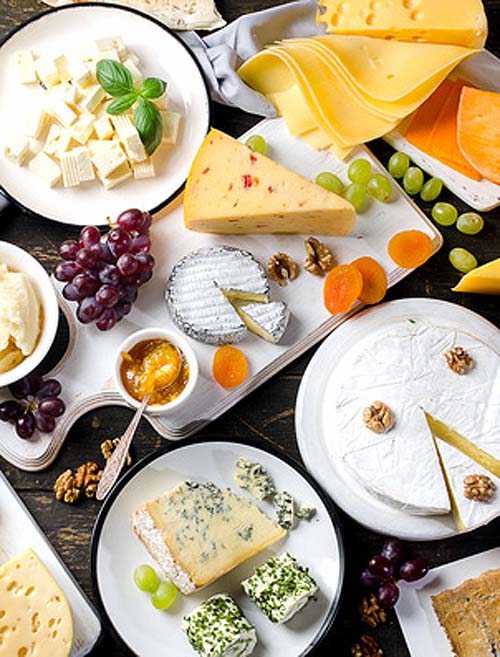


Worked perfectly!